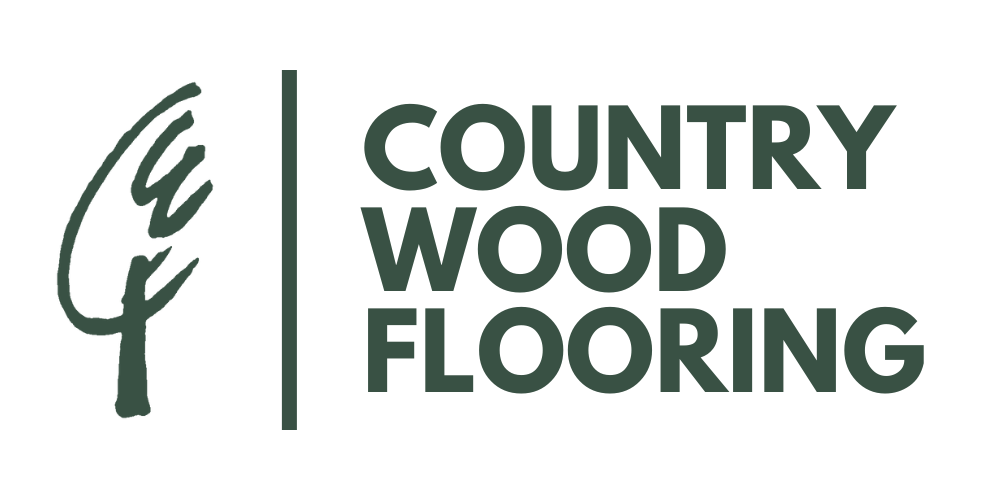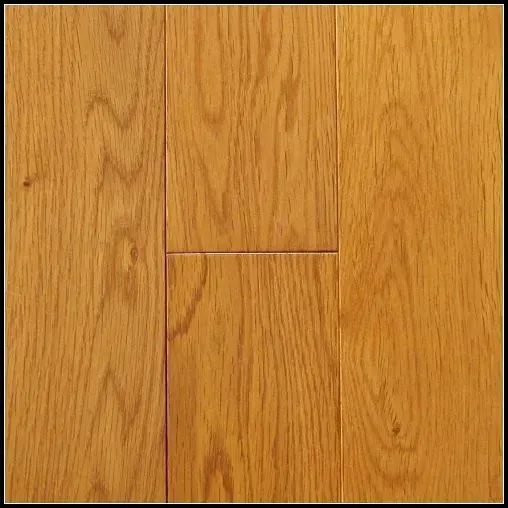Follow Us
Join our newsletter
We will get back to you as soon as possible
Please try again later
Your Trusted Flooring Wholesaler Since 1999
Engineered Hardwood Flooring
Engineered hardwood flooring stands at the intersection of tradition and innovation. Composed of several layers bonded together, engineered hardwood features a top layer of genuine hardwood veneer, supported by high-density core materials such as plywood or fiberboard. This multi-layer construction results in a flooring solution that not only captures the authentic beauty of real wood but also offers enhanced stability and resistance to changes in temperature and humidity. This stability makes engineered hardwood an excellent choice for diverse environments, especially areas where traditional solid hardwood might struggle. Its unique construction allows it to maintain its shape and appearance in spaces prone to moisture, such as basements or homes with radiant heating systems.
Benefits of Engineered Hardwood Flooring
The advantages of engineered hardwood flooring extend beyond its aesthetic appeal. One of the primary benefits is its excellent dimensional stability, making it less susceptible to warping or buckling compared to solid wood. This quality is particularly advantageous in climates with significant fluctuations in humidity and temperature.
Moreover, engineered hardwood offers unparalleled design flexibility. With an expansive array of wood species, colors, and finishes available, homeowners can attain a flooring style that complements their interior décor seamlessly. The various installation methods—nail-down, glue-down, and floating—further enhance its adaptability, allowing for customized solutions tailored to specific needs.
Types of Engineered Hardwood Flooring
When choosing engineered hardwood flooring, it is essential to consider the different types available, as they can significantly influence both aesthetics and performance. The thickness of the core and the top veneer layer are critical factors; thicker veneers provide the potential for future sanding and refinishing, extending the lifecycle of the flooring.
A wide variety of wood species is also at your disposal. From the timeless elegance of oak and the luxurious feel of walnut to the lighter tones of maple, there are countless options to consider. Each wood species offers unique characteristics in terms of grain patterns, color variations, and resistance to wear, enabling homeowners to make informed choices that align with their personal style and practical requirements.
Installation Methods for Engineered Hardwood Flooring
Installation is a critical component of the engineered hardwood experience. Understanding the various methods will guide you in selecting the most appropriate approach for your specific situation:
- Nail-Down Installation: Ideal for wooden subfloors, this method involves nailing the planks directly to the subfloor, creating a firm and stable surface.
- Glue-Down Installation: This approach is best suited for concrete subfloors. The application of adhesive to secure planks minimizes movement and enhances overall stability.
- Floating Installation: Gaining popularity among DIY enthusiasts, this method allows the planks to be installed over a cushioning underlayment without the use of nails or glue. This flexibility can make for a less stressful installation process.
Regardless of the chosen method, professional installation is recommended to ensure that the flooring performs optimally and meets manufacturer guidelines.
Maintaining Your Engineered Hardwood Flooring
Ongoing maintenance is integral to preserving the beauty and functionality of engineered hardwood flooring. Regular care involves sweeping or vacuuming with a soft brush to eliminate dirt and debris. While engineered hardwood is more resilient than solid wood, it still requires a cautious approach to cleaning.
Utilizing a damp mop and a cleaner specifically formulated for hardwood floors will help maintain the surface without risking damage. Avoid excessive moisture, as it can seep into seams and compromise the integrity of the flooring. Timely attention to spills and implementing preventive measures—such as placing area rugs in high-traffic areas—will significantly extend the lifespan and appearance of your flooring.
Engineered Hardwood Flooring Trends in 2025
As market preferences shift, so do the trends in engineered hardwood flooring. Currently, wide plank options are highly sought after for their ability to convey a sense of spaciousness and modernity within a space. Similarly, matte finishes are gaining traction, imparting a more natural, understated aesthetic that aligns with contemporary design sensibilities.
Sustainability also plays a crucial role in current flooring choices, as discerning homeowners increasingly prioritize eco-friendly products. Engineered hardwood sourced from responsibly managed forests aligns with this movement, allowing homeowners to make a flooring choice that reflects both style and environmental consciousness.
Engineered Hardwood vs. Other Flooring Types
When evaluating flooring options, it is essential to consider how engineered hardwood stacks up against alternatives such as solid hardwood, laminate, and vinyl:
- Solid Hardwood: Often regarded as the pinnacle of luxury, solid hardwood flooring offers unparalleled authenticity and longevity. However, it can be more vulnerable to moisture and requires more acclimation time before installation.
- Laminate: While laminate flooring provides an affordable option, it sacrifices the genuine wood feel and cannot be refinished, limiting its lifespan.
- Vinyl: Known for its resilience and water resistance, vinyl can serve well in moisture-prone areas. However, it lacks the character and warmth commonly associated with wood products.
In summary, engineered hardwood delivers a unique combination of aesthetic appeal, practicality, and performance that meets the needs of modern living.
Frequently Asked Questions
How is engineered hardwood flooring manufactured?
Engineered hardwood is crafted with multiple layers of wood, featuring a top layer of real hardwood veneer over a core of plywood or high-density fiberboard, providing both beauty and stability.
Is engineered hardwood suitable for moisture-prone areas?
Yes, engineered hardwood is well-suited for basements and similar environments due to its superior moisture resistance compared to solid hardwood.
Can I refinish an engineered hardwood floor?
Some engineered hardwoods can be refinished depending on the thickness of the top veneer. Consult the manufacturer's specifications for recommendations.
What maintenance practices are recommended for engineered hardwood?
Regularly sweep and mop with a damp cloth using cleaners made for hardwood. Avoid excessive moisture exposure and promptly address spills to maintain your flooring.
Does engineered hardwood add value to my home?
Yes, engineered hardwood flooring is desirable among buyers and can enhance your home’s resale value, comparable to that of solid hardwood.
What is the expected lifespan of engineered hardwood flooring?
With proper care, engineered hardwood flooring can last 20 to 30 years, making it a durable and appealing investment.
Contact Us
Contact Us
We will get back to you as soon as possible.
Please try again later.
Quick Links
Business Info
Phone Number: (626) 820-8555
Email:
info@countrywoodfloor.com
Business Address:
17521 Railroad St #G,
City of Industry, CA 91748
Business Hours
- Mon - Fri
- -
- Sat - Sun
- Closed
Copyright ©️ 2025 Country Wood Flooring



